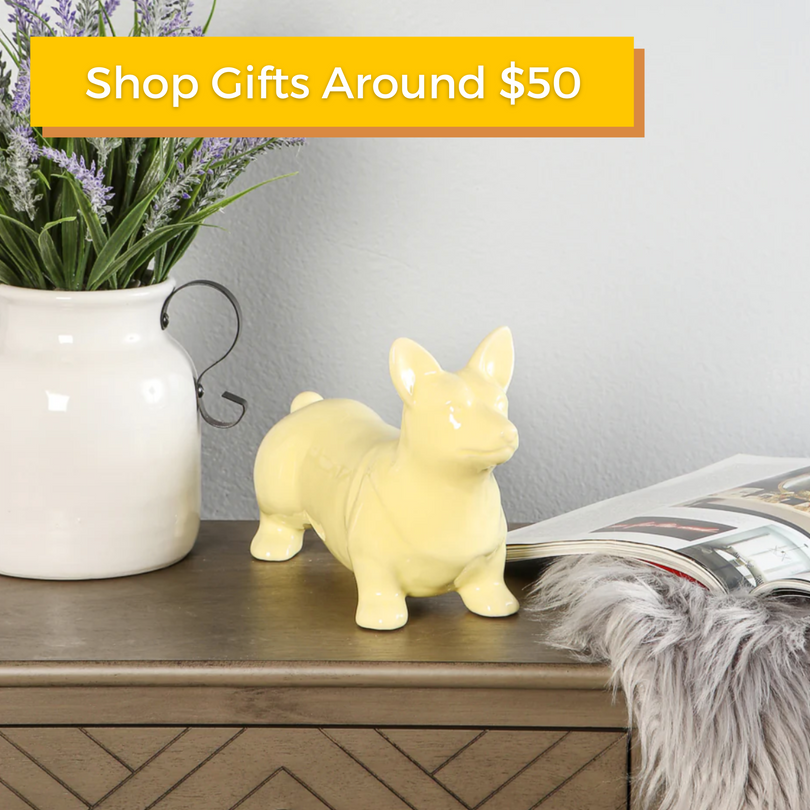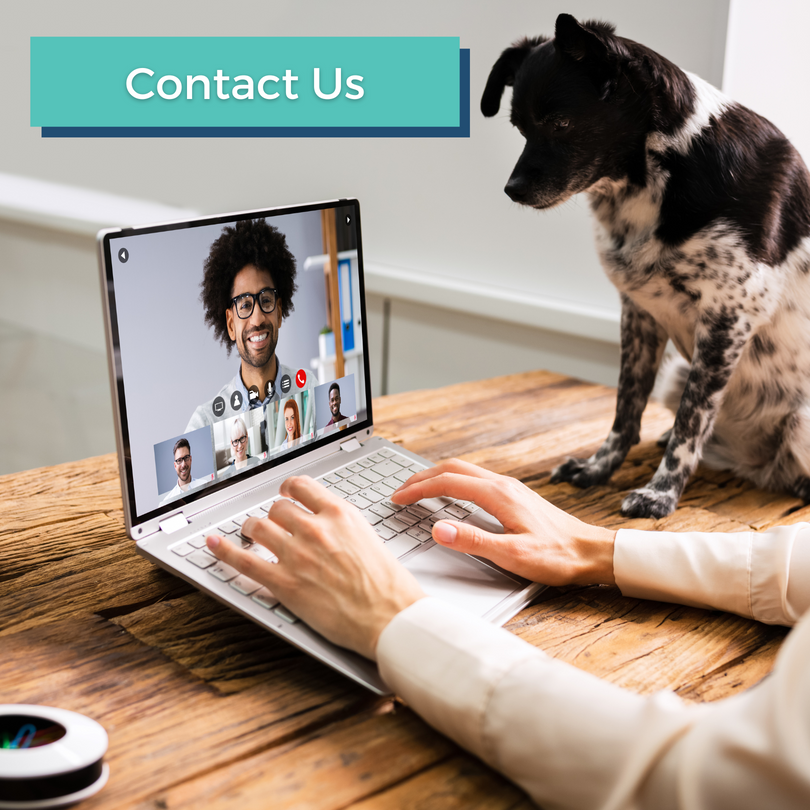Most first-time dog owners seldom wonder how their pets feel when they leave them for work. These owners frequently assume that their dog is content to be alone since it can do anything it wants and has ample time to rest. The reality is that their assumption is inaccurate.
If your dog develops a deep bond with you, it may experience separation anxiety when you are not around. A dog suffering from this behavior defect becomes increasingly agitated when their owner leaves them alone.
It is a significant problem that causes them to cry, yelp, whimper, and even become very anxious. Learning how to recognize the symptoms of separation anxiety is the first step in assisting your dog in overcoming this disease.
Here are five methods for dealing with your pet's separation anxiety:
Reduce Any Indicators Of Leaving That Could Serve As Triggers

The things you do leading up to when you leave your home can affect the level of your dog’s separation anxiety experience. While it may seem trivial to you, it is not. So, carefully consider the things you do to get ready to leave your house.
Whether it is you picking up your car keys and fidgeting to make sure you have them in your hand, moving your bag to the console table downstairs, or putting on your shoes, your pet will rapidly understand these indicators and, over time, they will turn into a trigger to raise their stress levels.
You can address this by simply performing these triggers throughout the day, even when you have no intention of leaving. This will nullify the trigger effect of your actions and gradually help them cope with being left alone.
Developing Your Dog’s Sense of Independence
Most dogs are not taught to be independent but are rewarded in their attempts to seek attention. This does more harm than good by further fueling their separation anxiety.
The first step you can take toward reducing your dog’s separation anxiety is to discourage any attention-seeking behavior it may display concerning your absence. For instance, if your dog whines or barks in a bid for your attention, refrain from petting or rewarding them. Instead, only reward them when they are calm.
Use Pet Medication

In extreme situations where your dog hurts themselves or others due to their anxiety or destroys household things, you might want to consider using medication. The medication will be an adjunctive to training, enabling you to train it more successfully.
You can give your dog either event-specific medication or anxiolytics, which are long-term pharmaceuticals intended to alleviate anxiety in pets. However, before administering anxiety-related medicines to your pet, you must speak with your veterinarian.
Find A Way To Mentally Challenge Your Dog While Absent
The goal here is to give your pet mental stimulation to stay active while you are away. You can do this by providing activities they can participate in while you are not around because silence and the lack of distractions may intensify their feelings of loneliness.
Giving them toys, for instance, will prevent them from becoming bored. However, you must switch it up to prevent them from becoming used to a toy. The activities can distract them and even suppress their feelings of isolation.
Exercise Your Dog Before Leaving

If your dog has minimal separation anxiety, it can benefit immensely from exercises that stimulate its body muscles, like tug-of-war. Engaging your dog in such activities before leaving it alone works out its body muscles, depleting it and possibly allowing it to relax more during your absence. After all, a tired dog is a good dog.
Exercise after work is just as vital. If you leave your dog at home for the entire workday, it will have plenty of energy to expend. When the weather is nice, going for a lengthy stroll with it might help you expend its energy. Teaching it new tricks or engaging it in indoor activities is better suited when the weather is terrible outside.
Conclusion
Separation anxiety is a stressful issue affecting both the dog and its owner. If your pet is increasingly agitated due to your absence, try to be patient with them and follow the procedures outlined above to help control it.
Should the problem persist, consult your veterinarian for advice on the next steps and strategies to assist in calming your dog.














